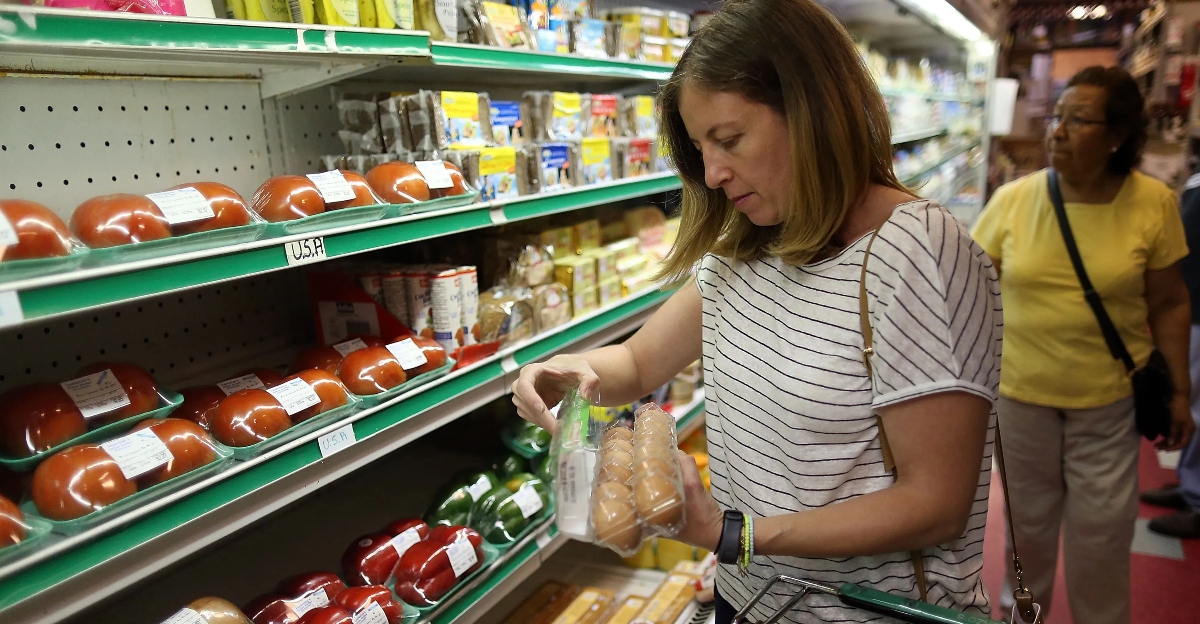
K&G has been a Midwestern convenience store and gas station that many consumers have considered their go-to ever since it opened its doors in 1959 by William Krause and Tony S. Gentle in Hampton, Iowa. The brand’s name was adopted in 1975, combining the founder’s initials and selected for its recognition among consumers.
The business expanded rapidly across 13 different states with 400 separate locations, mostly in the Midwest and certain regions in the South. K&G has had a significant presence in many states, but now the brand is vanishing as we know it.
Growth And Expansion

Over the decades, the success of K&G meant that it could focus solely on expansion to break into more markets. The company looked at larger stores and bought out locations from competitors like 7-Eleven and QuikTrip.
In the 2010s, the chain was a large regional player and had aspirations of opening numerous stores in new locations such as Boise, Idaho, and Detroit, Michigan. With the company riding economic highs, it was rated as the 24th-largest convenience store chain in the United States in 2019 and had an enormous revenue of $2.6 billion in 2021.
Ownership

K&G was part of a diversified family-owned business called the Krause Group. This business had interests in sports teams, wineries, and logistics. The Krause family kept control of the chain for more than sixty years, as leadership passed down through generations.
In 2018, Tanner Krause became the president, with Kyle Krause, his father, acting as CEO and chairman of the company. The business was based in a Renzo Piano building called the Krause Gateway Center in Des Moines, Iowa. But by 2023, K&G would change ownership despite the continued success of the franchise.
Being Sold Off
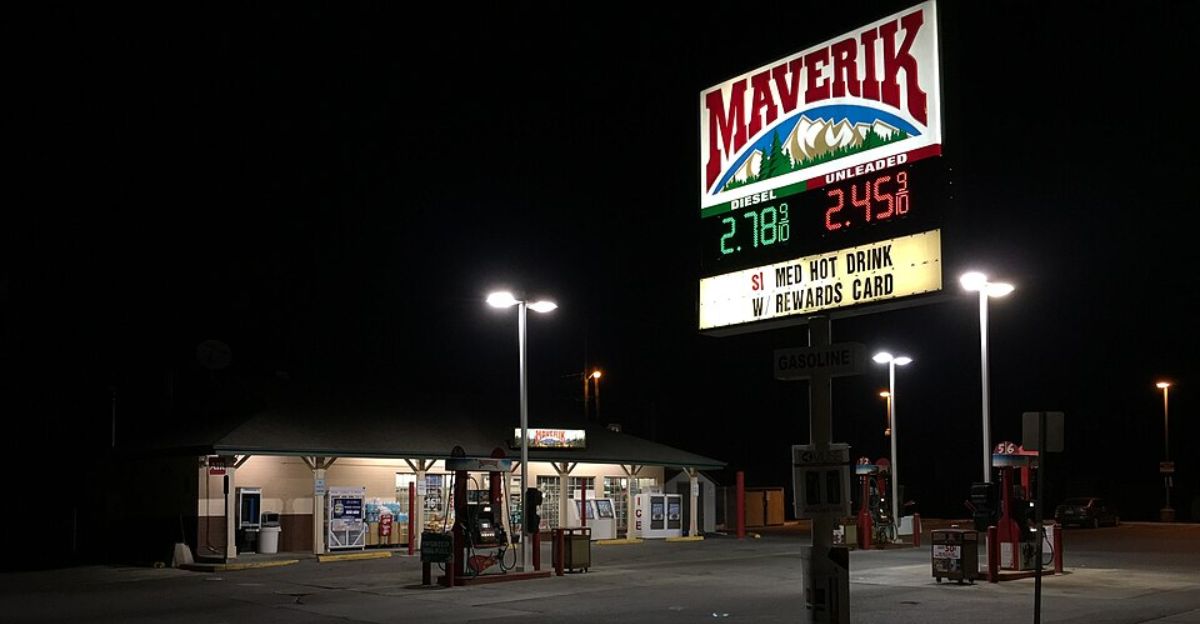
Maverik is a successful Utah-based convenience store chain owned by FJ Management. In August 2023, the company acquired K&G and its logistics arm, Solar Transport, which is responsible for managing anything related to transportation within the company.
With 400 K&G locations now being added to Maverik’s portfolio, its footprint expanded to over 800 locations across 20 U.S. states. This also made Maverik the 12th-largest convenience chain in the country. Maverik acquired the stores in an attempt to create the best possible reach in the Midwest and Rocky Mountain Regions.
Rebranding Plans
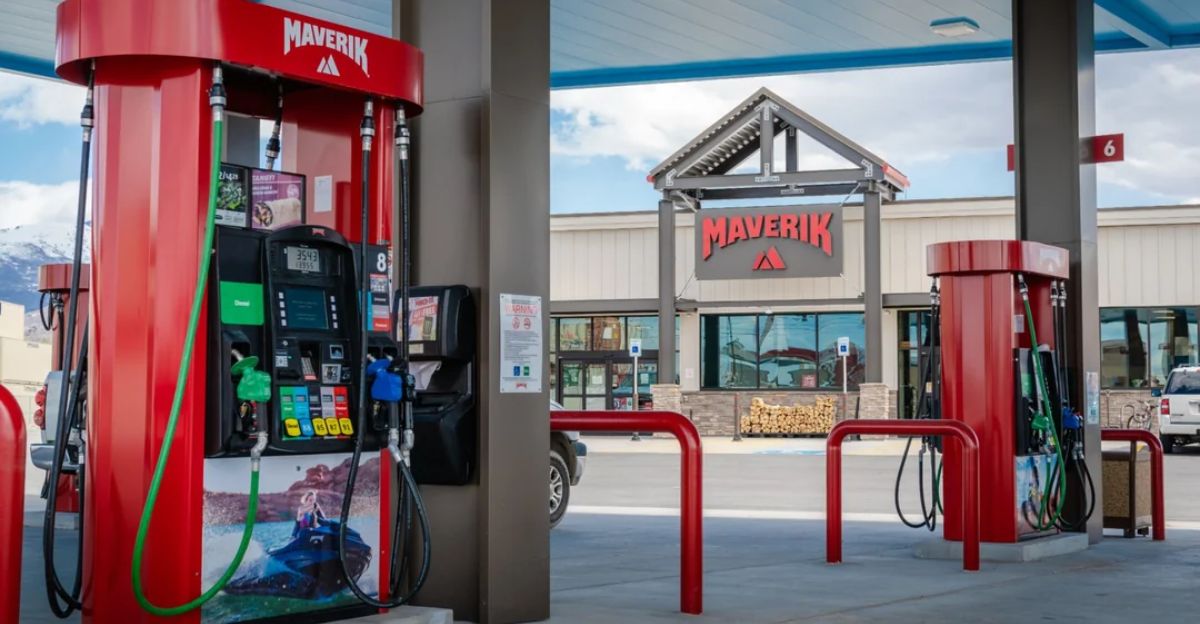
After buying out K&G, Maverick initially was going to leave the stores as their original brand, but after consideration, they changed to the Maverik brand with predictions that the Maverik brand name resonated more with consumers, which would increase revenue and foot traffic. This process began in 2024 and is still ongoing.
Nearly half of the K&G stores across Utah, Colorado, Wyoming, Oklahoma, Arkansas, and Missouri have now been changed to the new brand name. The aim is to unify operations under one recognizable brand name and keep the customer experience consistent across different states.
The Impact Of Rebranding
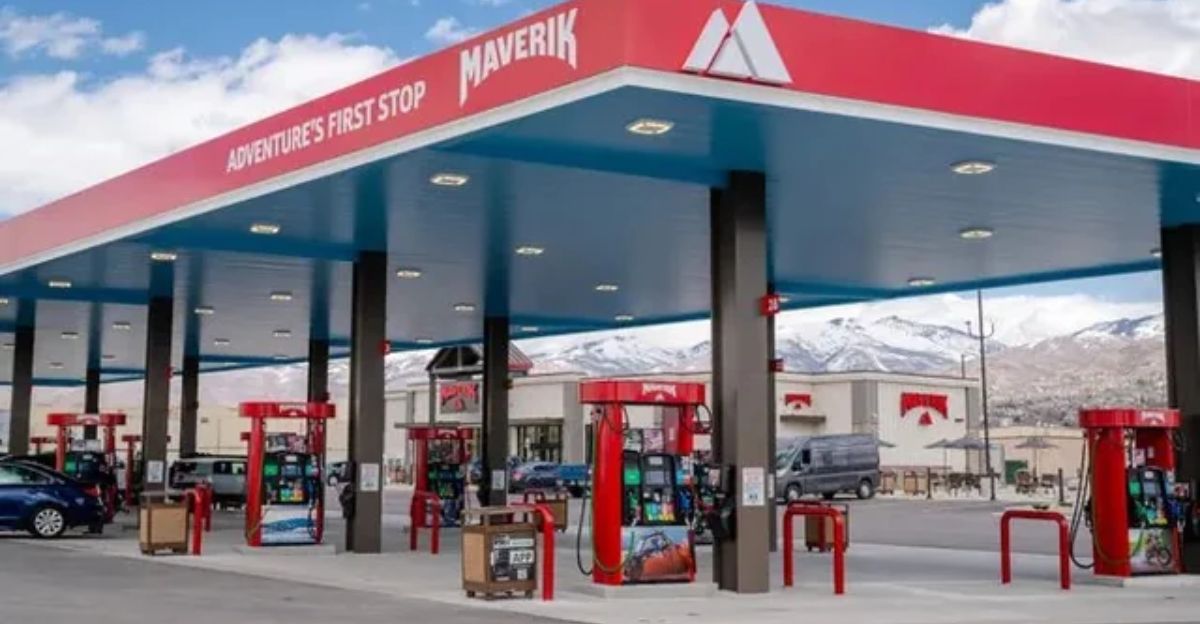
The rebranding to Maverik has been prevalent in Arkansas and Missouri, where over 50 locations are operated under both brands. The rebranding in Arkansas is expected to finish in late 2025. Community events will mark these occasions, such as one planned in Springdale.
Kansas and California have also had K&G stores rebrand into Maveriks that offer expanded extras such as truck fueling lanes and picnic areas for consumers to use. This marks a cultural shift as K&G stores disappear and another recognizable brand takes their place. Consumer loyalty isn’t expected to be impacted too much, as the rebranded stores will still offer a familiar selection that they’ve grown accustomed to.
Cultural Significance
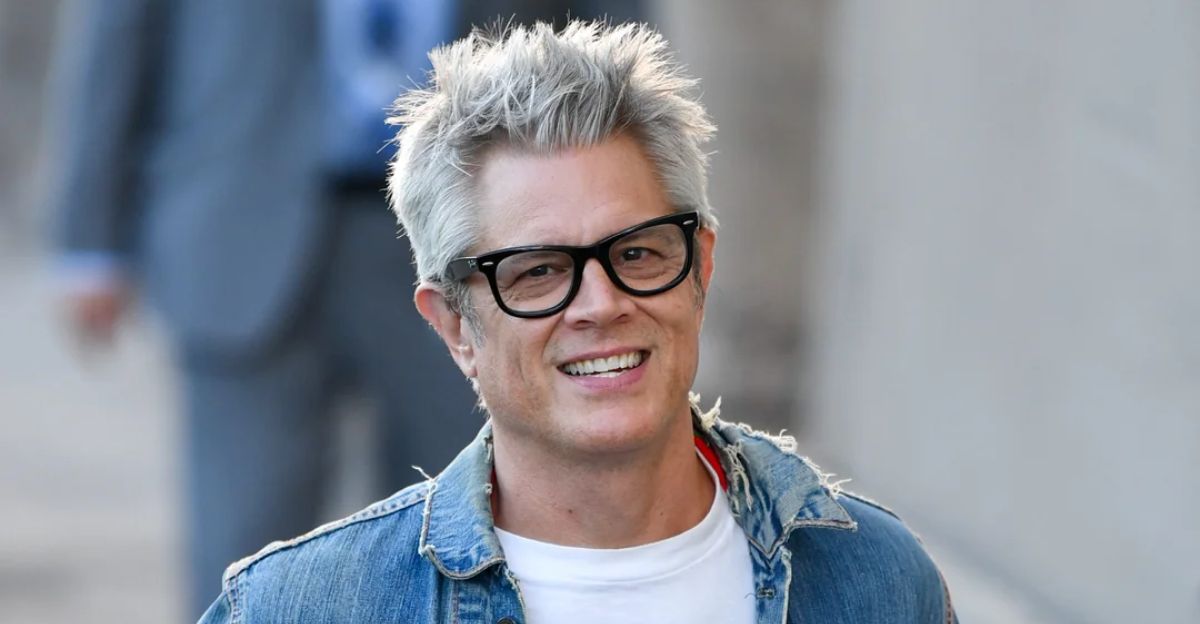
The K&G brand has been popular and somewhat notorious for years, not only due to being a beloved franchise but also due to its cheeky name and cultural significance. The brand only became even more well-known after Johnny Knoxville wore a K&G T-shirt in his 2006 movie.
The brand has managed to build a loyal consumer base off of these cultural references even beyond its regional reach. Although it had a playful reputation, K&G was known for having quality items and impeccable service, with 100,000 customers visiting daily at its peak.
Reasons Behind The Sale
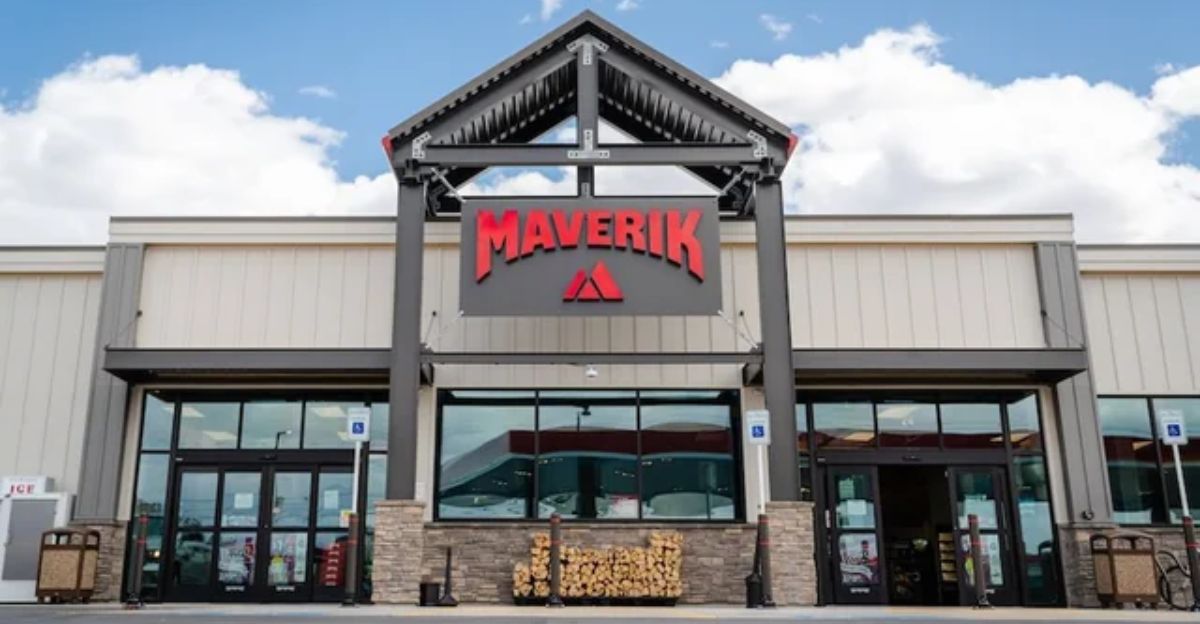
The decision to sell the brand was ultimately up to the Krause Family, but they had their reasons for doing so. Selling the company came when it was still growing and expanding across the United States, which would have capitalized on market interest and the chain’s strong performance, boosting the value of the brand.
The company looked at various financial options, including leasebacks and asset sales to optimize the business. Their decision to sell K&G to Maverik was part of strengthening their own position.
The Future For The Stores
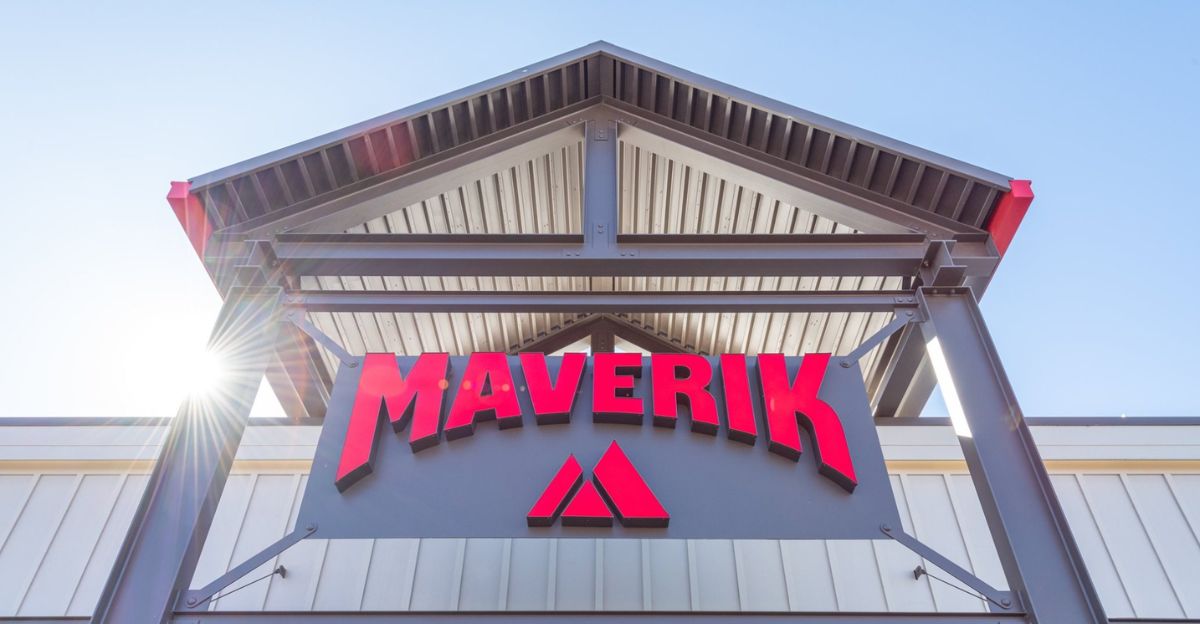
Despite being a heavyweight in the convenience store industry, K&G stores will slowly fade away as they are rebranded into Maverik, and with it, the cultural significance that the brand once had. Who knows how long people will still remember that it existed, as all stores should lose their original names by the end of 2025.
Consumers should expect an air of familiarity, while at the same time be ready for changes in store design, product offerings, and other services as Maveriks takes over control of the brand.
The End Of An Era
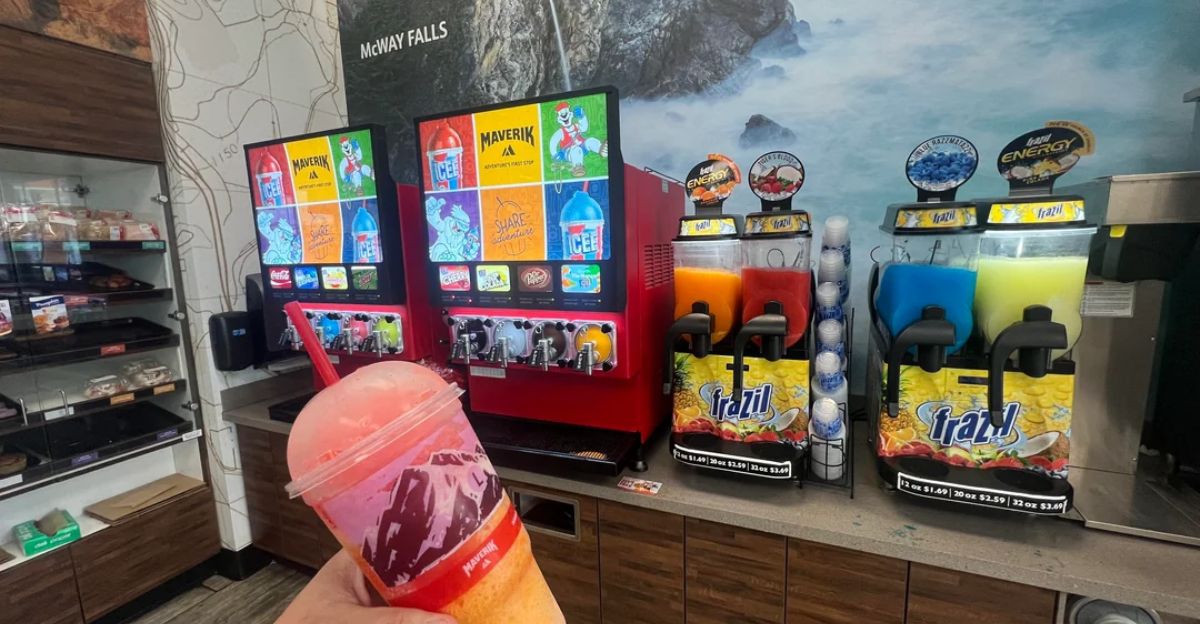
The sale of K&G marks the end of a nearly 65-year-old iconic convenience store brand in the Midwest. The name will vanish, but the legacy of K&G will linger in the new stores that will be operated under new ownership.
Maverik’s acquisition represents the evolution of the convenience store market and just how competitive it can be.
Discover more trending stories and Follow us to keep inspiration flowing to your feed!

Craving more home and lifestyle inspiration? Hit Follow to keep the creativity flowing, and let us know your thoughts in the comments below!
